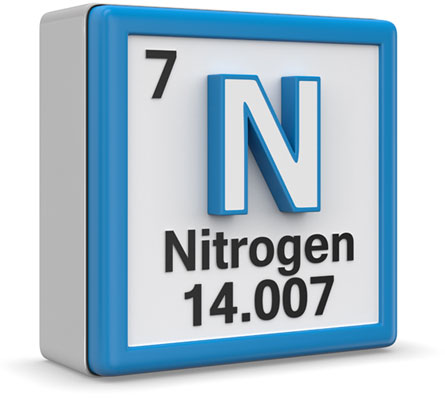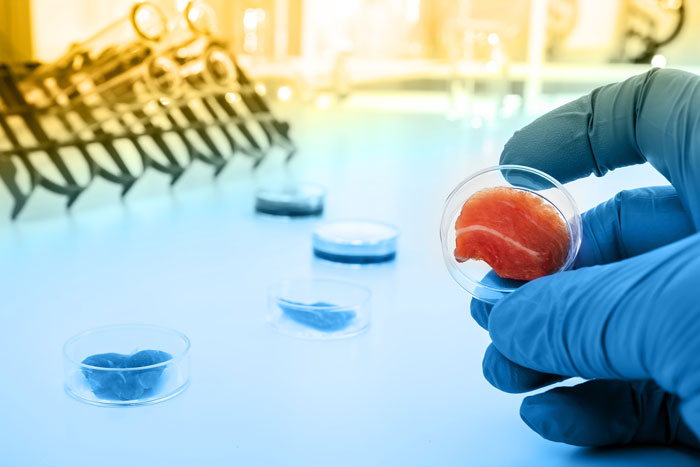
Where your designs take shape
November 2, 2016
Nitrogen Gas – For Laser Cutting AND Coffee…
March 23, 2017The subject of ’lab-grown’ or cultured meat has been in the news for several years, most notably with the world’s first lab-grown hamburger, introduced in 2013, by Professor Mark Post, a vascular biologist at the University of Maastricht in the Netherlands. The in-vitro burger was made by knitting together around 20,000 strands of protein that had been cultured from cattle stem cells in Post's lab.
Tastes Like Cake
At a public event in London, the “frankenburger” (as some called it) was fried in a pan and tasted by two volunteers, who felt the burger lacked the fattiness of regular meat and tasted more like “an animal protein cake”, said Josh Schonwald, one of the two tasting volunteers.
Whether or not meat grown in a lab is able to address a range of environmental, health and other issues related to protein from livestock, the consensus is clear for now - not if it tastes gross…
The Taste of Meat is the Taste of Blood
Fast forward to 2017 - and the newest ‘beef imposter’, the Impossible Burger, is poised to make a tremendous impact in the race to develop good tasting, meat-less burgers people actually want to eat. The key ingredient in the plant-based Impossible Burger is “heme”, an iron-containing molecule in blood that carries oxygen. It’s heme that makes your blood red and makes meat look pink, with a slightly metallic taste.
But Wait, It Gets Better
According to the Impossible Foods website, “Heme is exceptionally abundant in animal muscle -- and it’s a basic building block of life in all organisms, including plants. We discovered how to take heme from plants and produce it using fermentation -- similar to the method that’s been used to make Belgian beer for nearly a thousand years. Adding heme to the Impossible Burger makes it a carnivore’s delight.”
That’s right: a meat-less burger that gets its great taste from ancient brewing technology. For now the Impossible Burger is only available through a small number of select, high-end restaurants in New York, San Francisco and Los Angeles - but who knows? It could become as ubiquitous as craft beer…
A Disruptive Threat - or A New Market?
At ACE, we work to stay abreast of topics that might affect our business and industry. With customers in the Meat Processing and Packaging industries, we follow the many changes brought about by consumer’s evolving tastes and shopping habits.
A recent article in MEAT+POULTRY magazine, “Meat department dilemma” highlights the changing tastes and perceptions of animal meat protein as a food source. And, while purchases of meat and poultry are currently trending downward, the overall demand for products that are organic, free of artificial ingredients and feature ‘production claims’ are growing by double digits. Meat products with ‘production claims’ include products labeled as antibiotic-free or free-range. Sales of these products have grown to nearly 9% of all dollars spent in the meat aisle in 2016, according to Nielsen research.
According to food analyst Jeffrey Landsman, in an NPR interview, burger-substitute makers shouldn’t count on carnivores to drive sales. “As long as animal proteins are available at a reasonable price, people will not fully replace their meat with a plant-based alternative.”
SO BRING IT ON!
Impossible Burger’s new 67,000-square-foot facility in Oakland, California needs sanitary, hygienic food lines, too!

© Thinkstock by Getty Images





